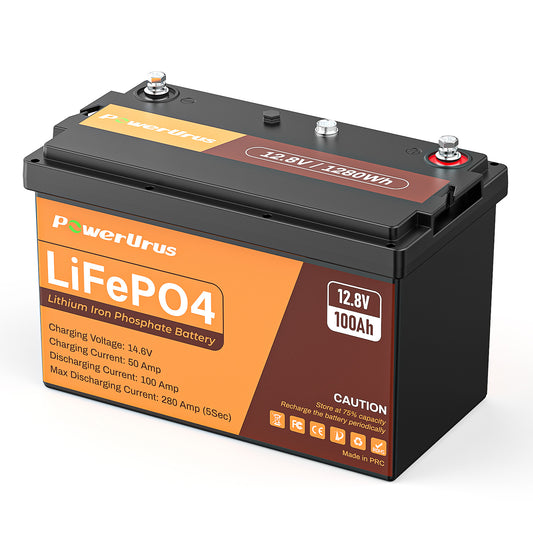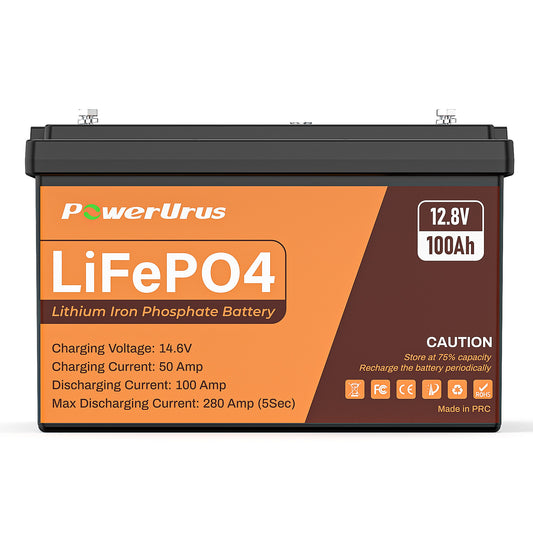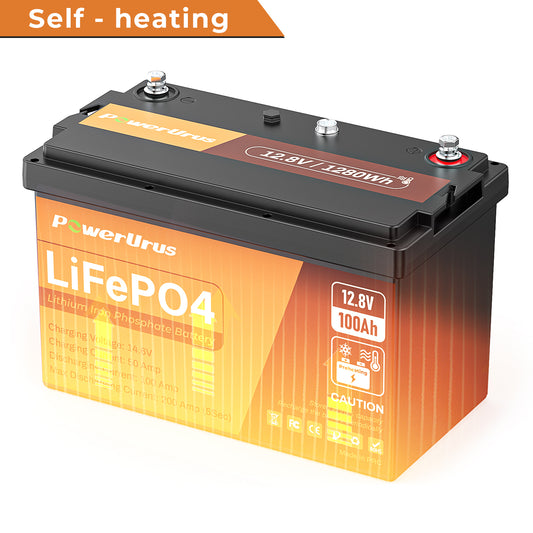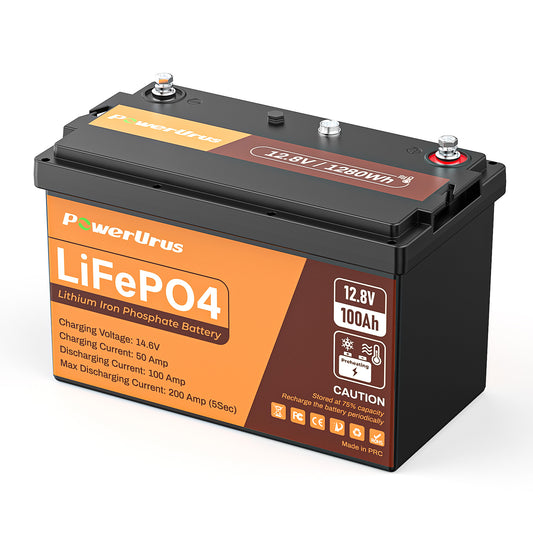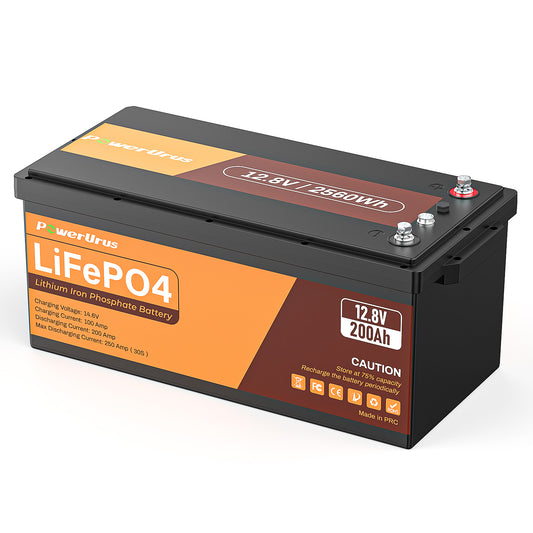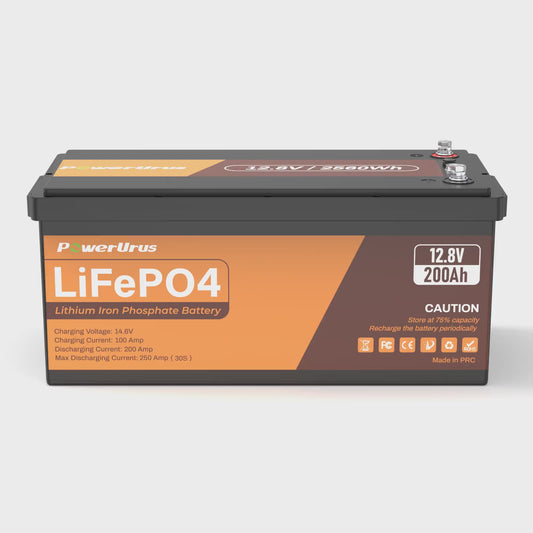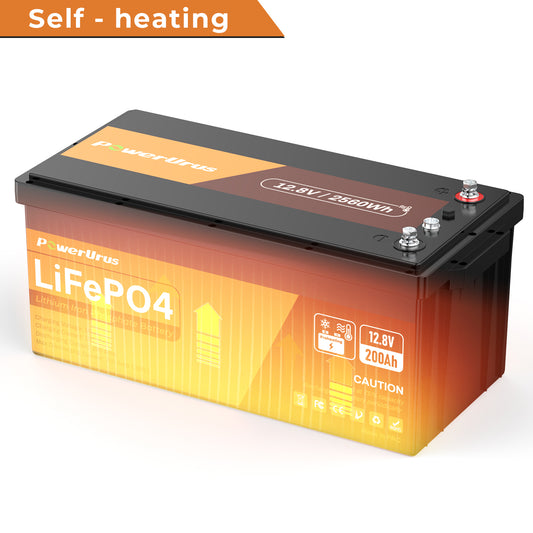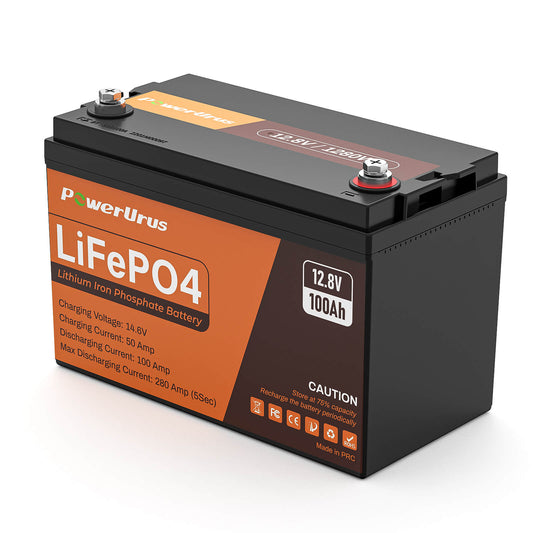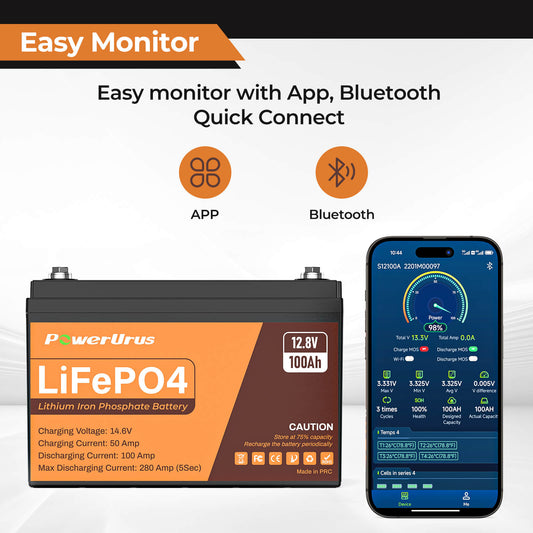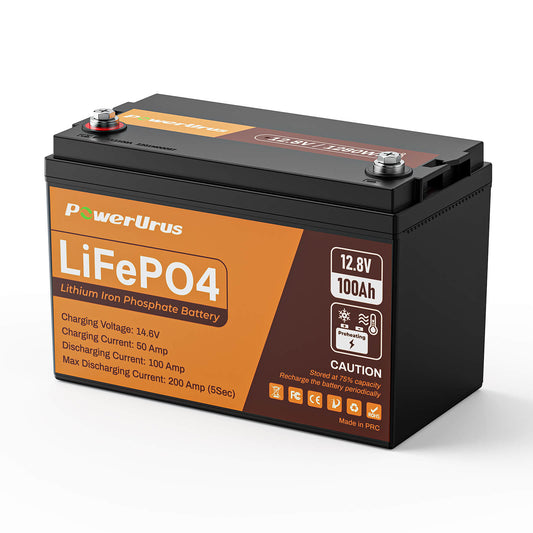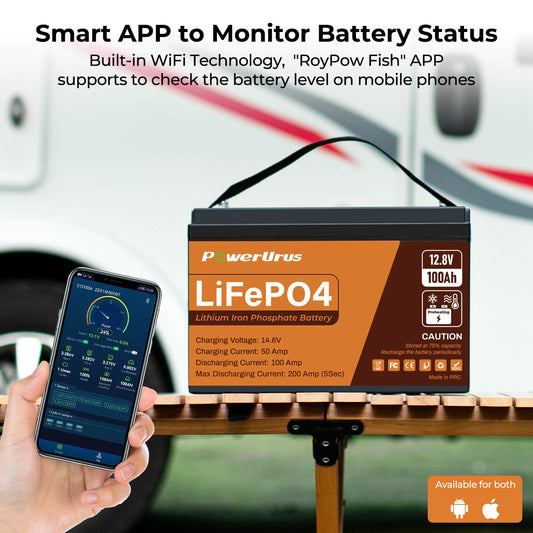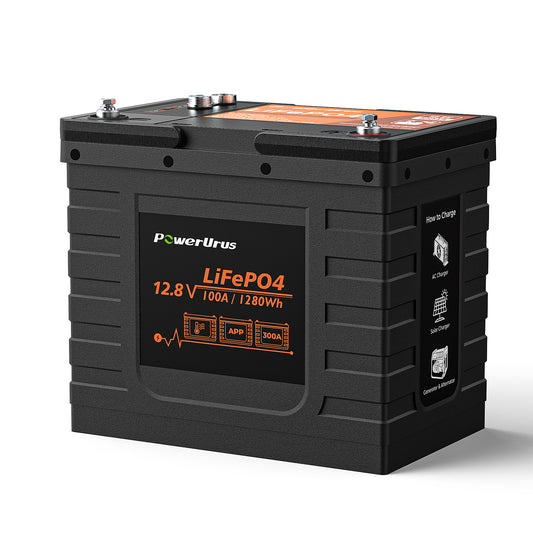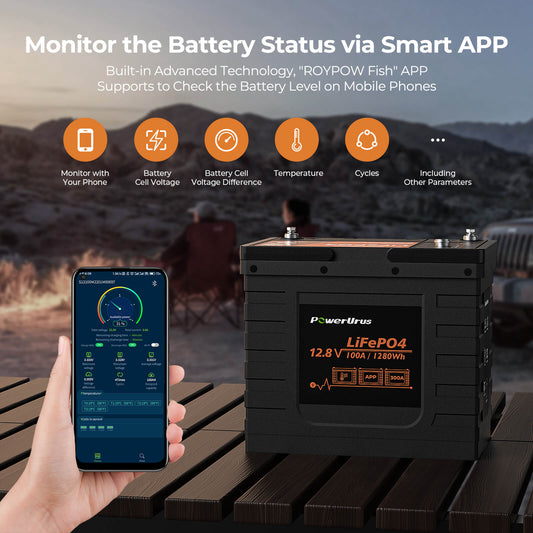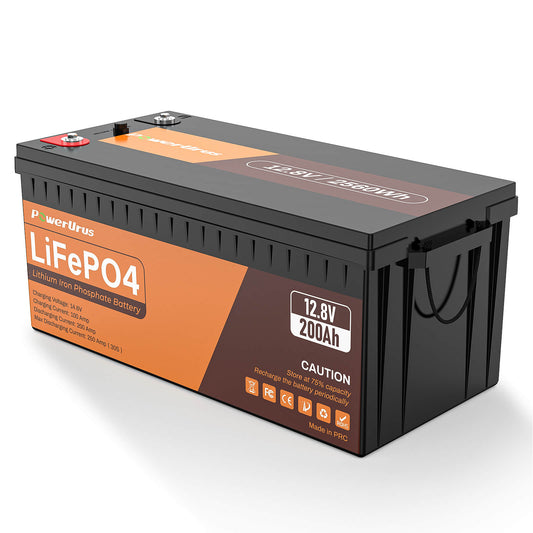Is It Better to Run Batteries in Series or Parallel?
Choosing between wiring batteries in series or parallel depends on your power needs. Both configurations have pros and cons—here's how to decide:
Series Connections
When batteries are wired in series, their voltages add up, while capacity (Ah) stays the same. For example, two 12V 100Ah batteries in series become 24V 100Ah.
Pros:
Ideal for high voltage systems (e.g., solar inverters requiring 24V or 48V).
Reduces current flow, allowing thinner wiring and lower energy loss.
Cons:
If one battery fails, the entire circuit is disrupted.
All batteries must have identical capacity and charge levels to avoid imbalance.
Parallel Connections
In parallel, battery capacities add up, while voltage remains unchanged. Two 12V 100Ah batteries in parallel create 12V 200Ah.
Pros:
Extends runtime for low-voltage devices (e.g., RVs, boats).
More forgiving if one battery weakens; others compensate.
Cons:
Higher current requires thicker, costlier cables.
Charging must be balanced to prevent uneven wear.
Which Is Better?
Choose a series if you need higher voltage for inverters, solar systems, or industrial equipment.
Choose parallel to maximize capacity for long-lasting power in RVs, off-grid cabins, or backup systems.
Hybrid setups: For large systems, combine both (e.g., series-parallel arrays) to achieve desired voltage and capacity.
Key Considerations
Always use batteries of the same type, age, and capacity.
Monitor voltages and balance charging to prolong lifespan.
Final Takeaway
There's no universal "better" option—it hinges on your voltage needs and runtime goals. Match the configuration to your application, and prioritize battery health for reliable performance!

